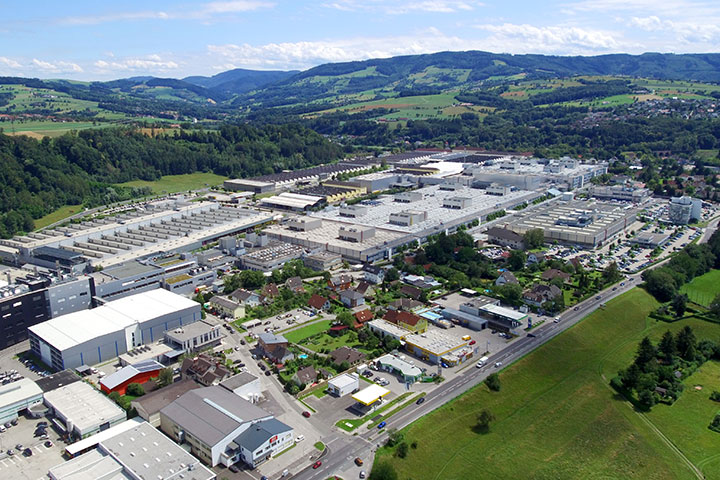To exploit the existing potential in the cleaning of engine components, a premium car manufacturer replaced the electric water heating system in its Austrian works with a heat pump. This has resulted in electricity savings of approx. 70% per year in this process step.
The energetic optimization of production lines and machinery for the manufacturing of core engine components like crankshafts and crankcases, cylinder heads and housings for the latest generation of electric drives has been on the agenda of BMW Group’s Steyr site for several years. This also includes the cleaning machines for these components. In the search for further ways to save energy, consumption measurements showed that the electrical heating systems of the cleaning machines running in three-shift operation caused a high electricity consumption. Considerations on how energy could be saved in hot water generation resulted in the use of a heat pump.
To calculate the energy savings achievable by integrating a heat pump, a potential analysis was made first. The basis for it were the production, process and system data and previous energy consumption figures, as well as the modification concept prepared by Ecoclean.


